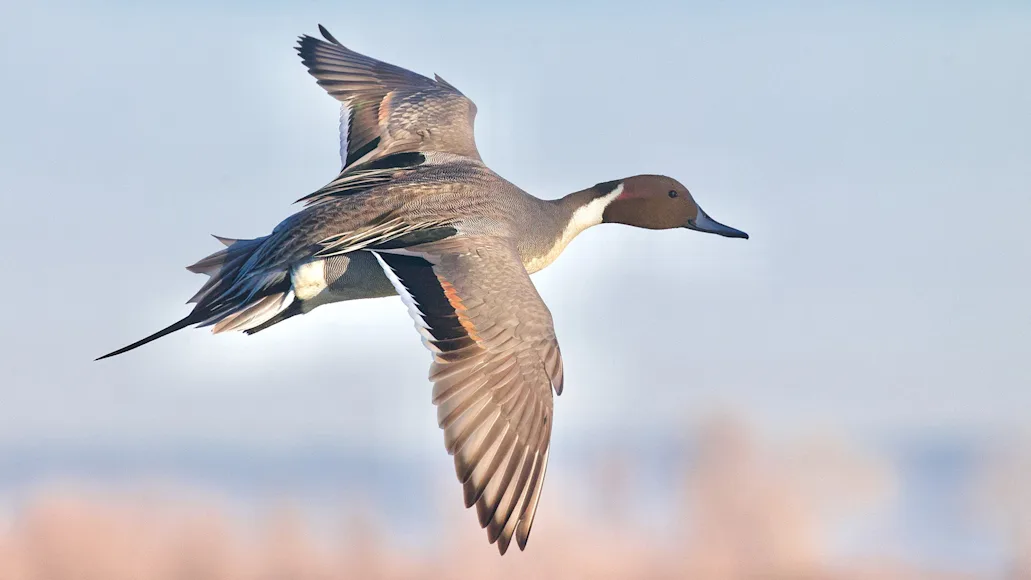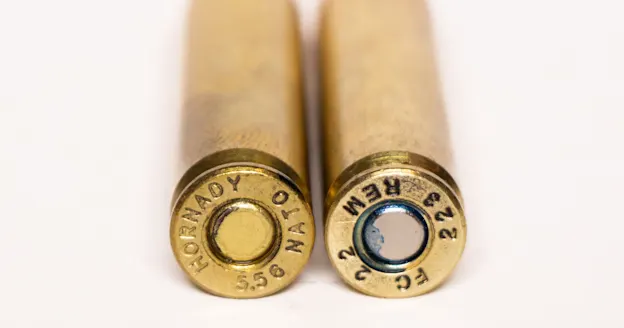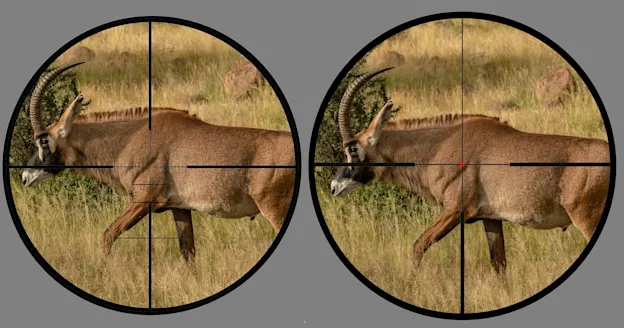Graceful flyers with a distinctive, slender silhouette and a cautious manner, northern pintail ducks are seen in all 50 states. Early breeders and early migrants, they breed as far north as Alaska and Siberia, and winter as far south as Cuba and Central America. Pintails also breed throughout northern Europe and Asia—in Russia, primarily—and winter in south Asia and sub-Saharan Africa.
Here in North America, pintails are a common sight. While pintails remain widespread and common, the North American population has declined steadily due primarily to changes on their nesting grounds. The decline is serious enough that the pintail bag limit is just one bird throughout all four flyways. However, the USFWS is implementing a new pintail harvest strategy starting in the 2025-2026 season. This new management model adds the option for a three bird daily limit in all four flyways. Final regulations will be set before the 2025-2026 season based on population status. Whether the bag limit is one, two, or three, pintail remain a welcome sight over the decoys, and a long-tailed drake makes both a trophy bird and a delicious meal.
Appearance and Calls
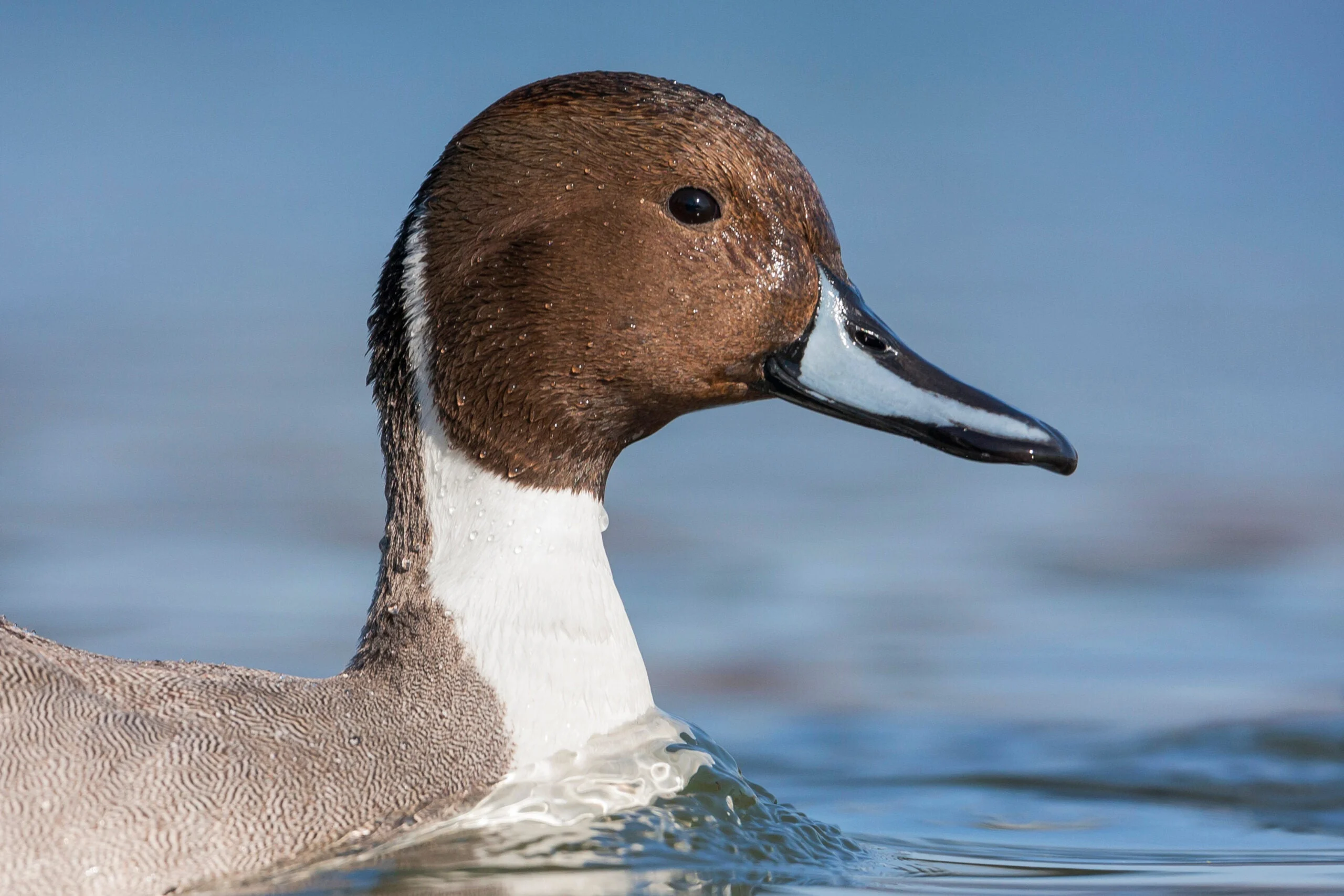
Drake pintails, often called bull sprigs by hunters, are as striking in appearance as any duck. The drakes have a blue-gray bill and a chocolate-brown head with a vertical white stripe that runs down the neck into a white breast. The rest of its coloration is an intricate study in black, white, and gray, with green speculums. Fully plumed drakes have a long, black, pointed tail, which earns them the name “pintail.” While the hens share the graceful shape and long neck of the drakes, like all waterfowl, they are drably colored to be camouflaged during nesting. While not as large as mallards, pintails are big ducks, with the drakes weighing around two and a half pounds. The hens quack softly, while the drakes make a distinctive trilling whistle.
Pintails Feeding Habits
Pintails are dabbling ducks and feed by skimming or tipping up. They use their long necks to reach underwater insects, crustaceans, and plants through the spring and summer months. In colder weather, pintails switch over to a plant diet, feeding on grasses and seeds. They will also feed on waste grains in agricultural fields.
Breeding
Early migrants, pintails get a jump start on both their spring and winter migrations. They nest near seasonal and semi-permanent wetlands in the prairie pothole states, and farther north in the tundra. They can also nest in tilled ag fields. The hens prefer to make their nests in low, sparse vegetation, where they lay an average clutch of eight eggs. Like most duck species, pintails hatch within about three weeks after the eggs are laid, and the chicks are ready to fly at six weeks or so.
Pintail Duck Fall Migration
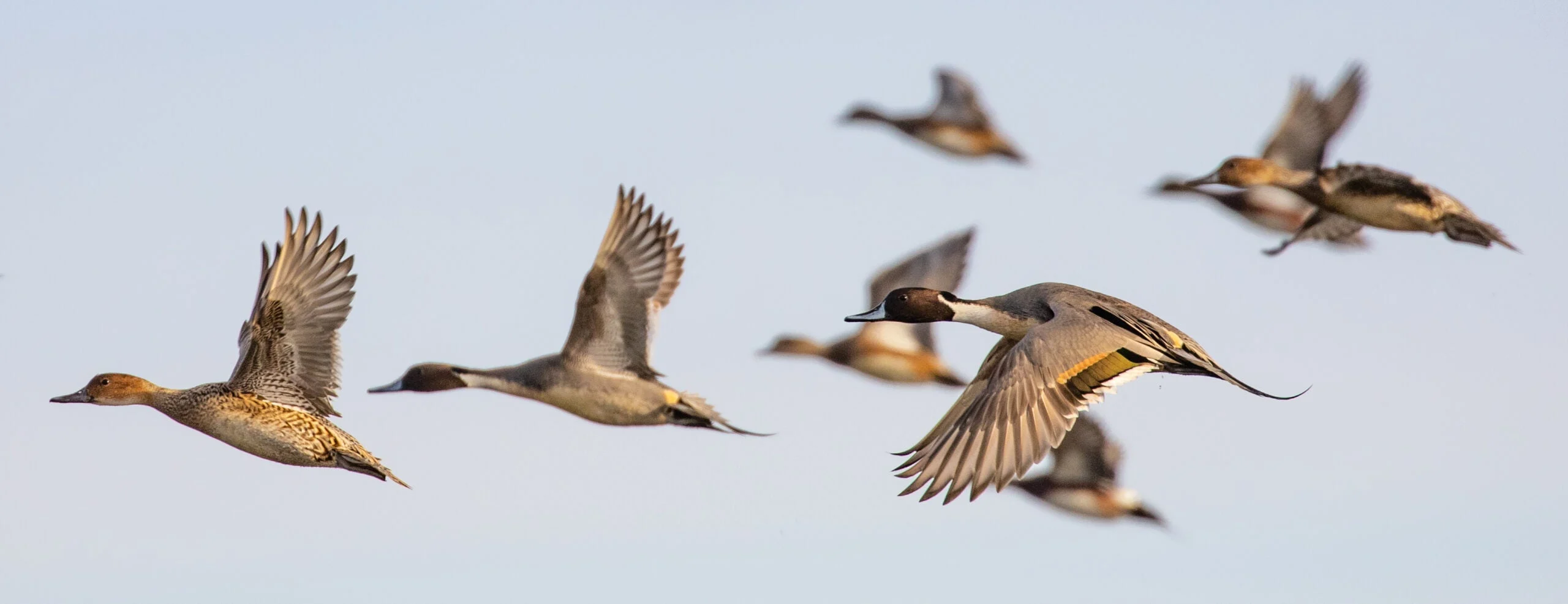
Pintails don’t head south as early as blue-winged teal, but they’re not far behind. About half of the continent’s pintails migrate through California. Typically they prefer shallow wetlands and they will often feed on waste grain in dry fields to keep their levels of fat and energy up as they travel. On the wintering grounds, they prefer shallow wetlands or coastal estuaries near ag fields.
Conservation Concerns
Pintails have declined steadily since the U.S. Fish and Wildlife Service began surveying duck numbers in the 1950s. Changing agricultural practices on the short-grass prairies of the northern U.S. and Canada reduce the amount of available nesting habitat. Pintails seek out temporary and seasonal wetlands, which are the most vulnerable to filling and draining for agriculture and drought. In addition, the hens will nest in agricultural fields, putting their nests at risk when that field is tilled. Whatever the case, pintail numbers now stand 54 percent below the long-term average (1955-present), and even that drastic number doesn’t tell the full story of pintail decline. While all puddle duck numbers fluctuate along with wet and dry years on the prairies, pintail breeding populations stood around 9 million in the 1950s and at last count had dropped to just under 2 million.
Overshooting may have played a part in the drop in bird numbers. From 1970 to 1987, waterfowl limits were set according to a point system in which a hunter could shoot 100 points worth of ducks a day. Pintails were 10-point ducks in those years, so if a hunter was choosy, they could kill 10 per day. Over-harvest during the point system years can’t have helped. However, with the end of the point system, pintail limits were cut way back to give the birds a chance. Unfortunately, reduced bag limits only work if the birds have enough habitat to rebuild their numbers. Intensive agriculture and dry years on the prairies have lowered pintail populations to a point just above the trigger number of 1.75 million that automatically closes the season on them.
More water on the prairies will help the birds come back somewhat, but they also need conservation programs in the U.S. and Canada designed to increase the amount of short-grass nesting cover and temporary wetlands if we are to see a pintail rebound. Increased wetland protections and expanded set-aside and short-grass prairie protection and restoration will help bring them back.
Pintail Duck Hunting
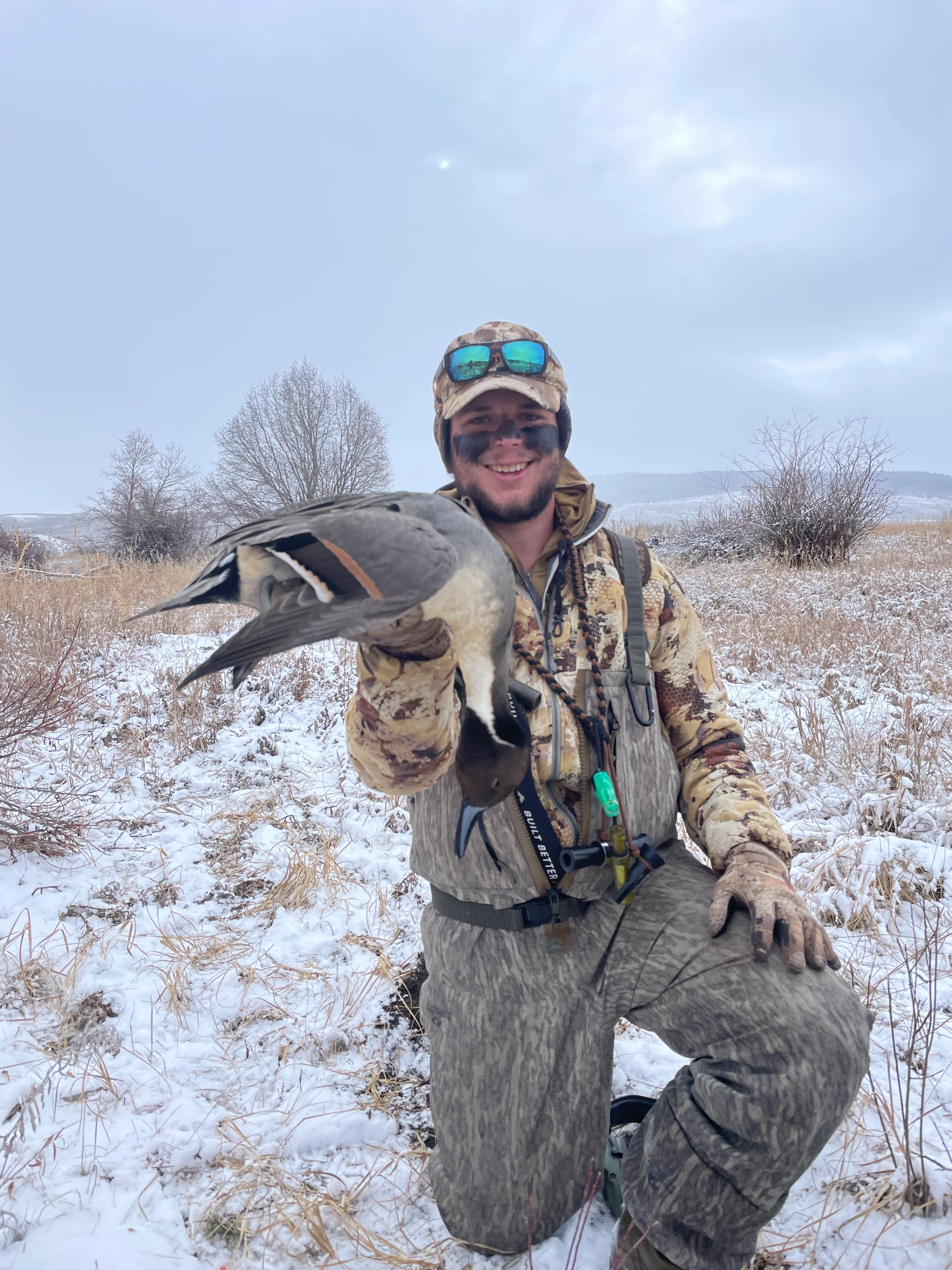
With the limit set at just one bird, most hunters won’t target pintails specifically. However, with the potential of a three bird pintail limit next year, hunters may focus more on bull sprigs. These birds are frequently found in the same places as other puddle ducks, and adding a pintail to your bag makes any hunt better. Sometimes, in fact, you will find pintails mixed in with a flock of mallards or other ducks. You are most likely to take a pintail either in a shallow marsh, flooded rice, or in a dry field over a duck and goose spread.
Pintails deserve their reputation as being especially wary, so be sure your hide is good. That seems especially true on cloudy days when there are no shadows to help conceal hunters. On a partly cloudy day you might well see pintails change personality depending on whether the sun has passed behind a cloud or not. They decoy best in sun, poorly in clouds, and they lose their minds and decoy readily in a snow flurry. They will decoy to a mallard spread, although you will have better success with some pintail decoys. Also, the large patches of white on the drakes will help catch the eye of all duck species.
You can imitate the quack of a hen pintail on a mallard call. Keep it quiet and monotone. The most popular way to call these birds in is to use a whistle with a ball in it to imitate the gentle trilling of a drake, although you can also mix in wigeon whistles the peep of green-winged teal, both of which fly with pintails on occasion. Pintails rarely respond to aggressive calling, as they’re wary, aloof, and even a bit standoffish. Adjust your calling to fit their personality and you’ll increase the chance of bringing home a bonus pintail.

